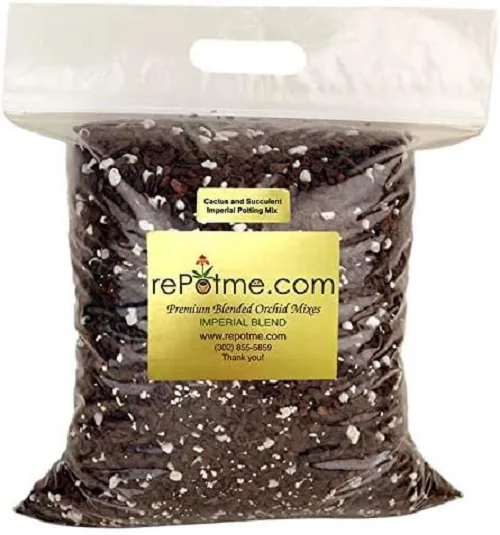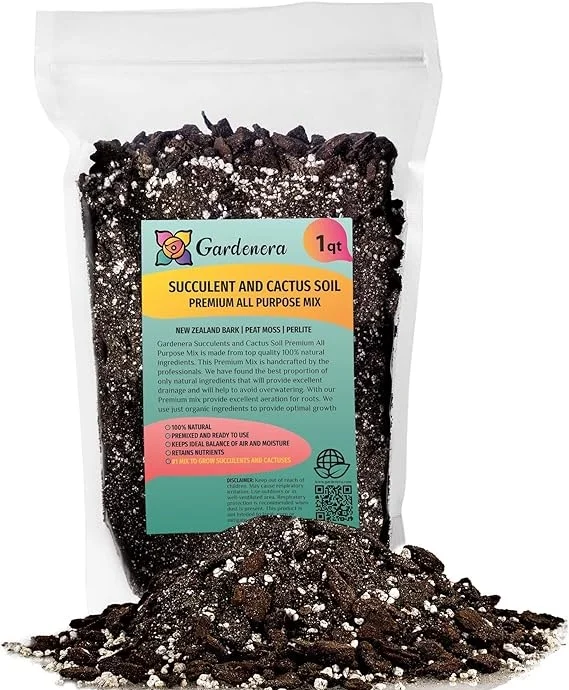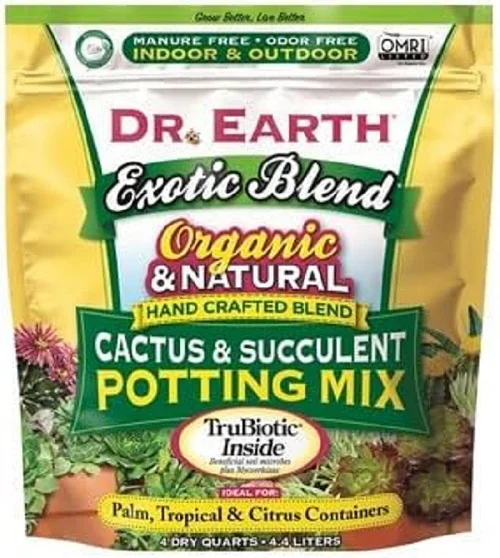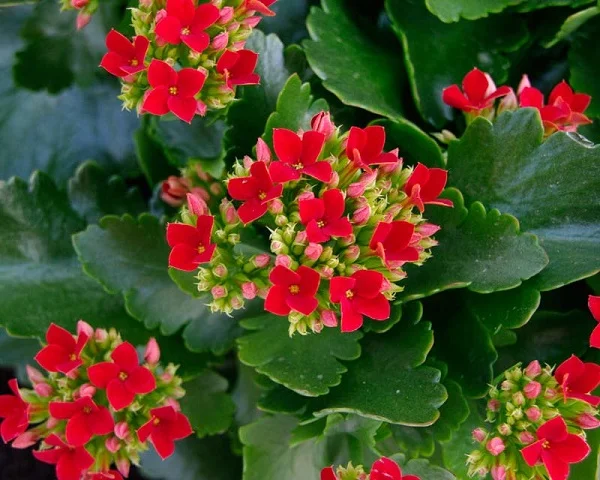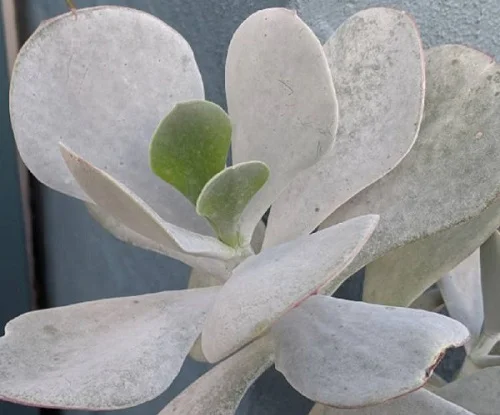How to Propagate Kalanchoe thyrsiflora (Paddle Plant) by 5 Easy Methods
Some links in this post may be affiliate links
Kalanchoe thyrsiflora (Paddle Plant) is propagated from stem cuttings, leaf cuttings or off shoots at the beginning of the growing season when in active growth. The cuttings can be rooted in water or in soil. Rooting in water may take a little bit longer than rooting in soil.
Paddle Plant is a popular houseplant which thrives in bright light to full sunlight, average warmth of 16-260C, moderate humidity of 50-55% and moderately moist, fertile, well-drained soil coupled with monthly feeding in the growing season. Learn how to grow and care for Kalanchoe thyrsiflora (Paddle Plant).
Kalanchoe thyrsiflora is easy to propagate. We have herebelow outlined 5 ways by which you can multiply your Paddle Plants. Keep reading for more details on these methods.
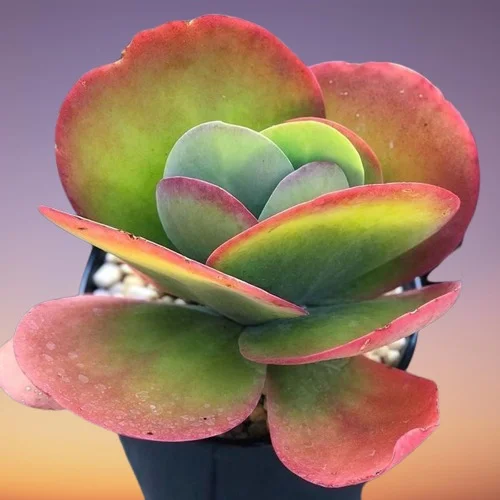
1. Propagating Kalanchoe thyrsiflora from leaf cuttings in soil
- Take a leaf cutting from a healthy, mature plant. Ensure that the petiole is intact as this is where new growth will emerge from.
- Let the cutting to dry (callus) for 1-3 days before planting to prevent rotting.
- Insert the leaf petiole into moist rooting soil while ensuring that the leaf midrib also comes into contact with the soil.
- Confirm that the rooting container has a drainage hole to prevent the soil from getting soggy as it can lead to rotting.
- Cover the set up with transparent polythene to raise humidity inorder to hasten rooting and establishment.
- Place the set up in a warm (21-270C), brightly-lit spot and maintain the soil moist through out but not soggy.
- Once the plantlets have grown at least one set of leaves, carefully seperate them and pot in individual pots in succulents soil.
- Position the new Paddle Plants in a warm, well-lit spot after which you can begin routine care.
2. Propagating Kalanchoe thyrsiflora from leaf cuttings in water
- Take leaf cuttings from a healthy, mature plant. Ensure that the petiole is intact as this is where new growth will emerge from. Allow the leaf cuttings to dry (callus) for 1-3 days.
- Once callussed, dip the lower cut end in a rooting hormone to hasten rooting.
- Place the leaf cuttings in a jar of plain water or in a propagation station while ensuring that the leaf blades are not in contact with the water.
- Position the set up in a warm, well-lit spot away from direct sunlight. Change the water every 5-7 days.
- When a good amount of roots have formed at the base of leaf cuttings, transfer the cuttings into individual pots in moist succulents soil.
- Place the set up in a warm (21-270C), well-lit place away from direct sunlight to avoid scorching.
- Maintain the soil moist until new growth has emerged and you have obesrved substantial growth on the new plants.
- Transfer the new plants into pots one size larger, preferably clay pots as they are porous and will not hold excess moisture. You can now begin routine care for the new plants.
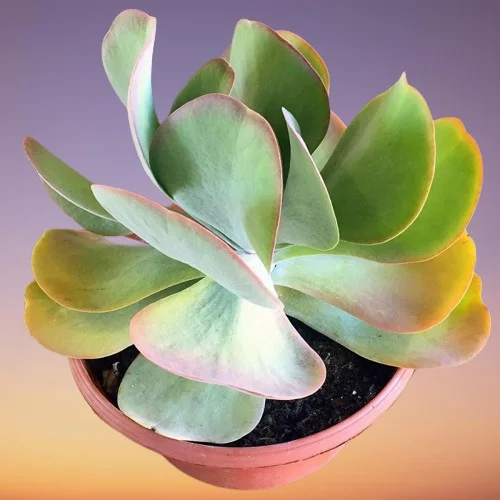
3. Propagating Kalanchoe thyrsiflora from stem cuttings in water
- Take a stem cutting of about 4-6 inches from a healthy, mature plant. Ensure each cutting has 2-3 leaf nodes as this is where new growth will come from.
- Strip off the lower leaves and allow the cutting to dry (callus) for 1-3 days before planting to prevent rotting.
- Dip the lower cut end of the cutting in a rooting hormone to encourage rooting.
- Place the cuttings in a jar of plain water or in a propagation station. Place the set up in a warm, well-lit spot away from direct sunlight. Change the water every 5-7 days.
- Once the cutting has developed a good amount of roots, transfer the cuttings into small pots (6-8 inches wide) in moist rooting soil.
- Position the set up in a warm (21-270C), brightly-lit place away from direct sunlight to avoid scorching the new plants.
- Maintain the soil moist until there is new growth. Ensure to allow adequate time for substantial growth of the new plants.
- Transfer the new Paddle Plants into pots, 1 size larger than the current one while ensuring that the soil drains easily. At this point you can begin normal routine care.

4. Propagating Kalanchoe thyrsiflora from stem cuttings in soil
- Take a stem cutting of about 4-6 inches from a healthy, mature plant. Ensure each cutting has 2-3 leaf nodes as new growth will come from the nodes.
- Strip off the lower leaves and allow the cutting to dry (callus) for 1-3 days before planting to prevent rotting.
- Insert the stem cutting into moist rooting soil. Ascertain that the pot has a drainage hole to prevent the soil from getting soggy as it can lead to rotting.
- Cover the set up with transparent polythene sheet or bag to raise humidity to hasten rooting and establishment.
- Place the set up in a warm (21-270C), well-lit place and maintain the soil moderately moist through out.
- Allow the new plants to be well established before transplanting after which you can begin routine care.
5. Propagating Kalanchoe thyrsiflora from off shoot
- With a clean, sharp pair of pruning scissors or knife, carefully seperate the off shoot from its mother. Ensure it has adequate roots to hasten rooting.
- Select a 6 or 8 inches pot and ensure that the pot has a drainage hole to prevent the soil from getting soggy to avoid rotting.
- Fill the pot with a sandy potting medium and make a hole in the center of the pot. Ensure that the hole is slightly wider than the root base of the off shoot.
- Place the off shoot in the previously made hole and lightly firm the soil around the base while taking care not to bury it too deep; maintain the section at the same soil level it was in the previous pot.
- Liberally wet the soil until the water comes out through the drainage holes to ensure that the soil is completely wetted.
- Position the pot in a warm, well-lit place away from direct sunlight to prevent scorching.
- Maintain the soil moist until the new Paddle Plant is well established after which you can begin routine care.
You liked it? Share on social media.
Related Content
Amazon Associates Disclosure
Homeplantsguide.com is a participant in the Amazon Services LLC Associates Program, an affiliate advertising program designed to provide a means for sites to earn advertising fees by advertising and linking to amazon.com.
